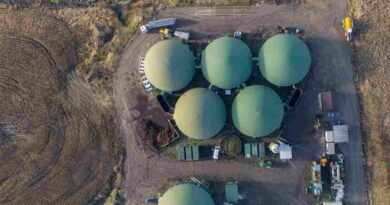Renewable Energy investments in India to go up by 83% in 2024

India, led by Union Power and New and Renewable Energy Minister R K Singh, anticipates a remarkable 83% upswing in investments for renewable energy projects, reaching an estimated $16.5 billion by 2024. This surge is a testament to the nation’s heightened dedication to energy transition and carbon emission reduction.
With a target of achieving 500 GW of renewable energy by 2030 and reducing fossil fuel-based power generation capacity to below 50%, India aims to surpass expectations. Singh disclosed that as much as 65% of the power generation capacity is projected to be derived from non-fossil fuels by 2030, surpassing the initial 50% goal.
Singh further revealed that India is on track to witness the addition of 25 GW of renewable energy capacity in 2024 alone, necessitating an investment of approximately Rs 1,37,500 crore. This marks a substantial increase from the 13.5 GW added in 2023, requiring an investment of Rs 74,250 crore.
Beyond solar and wind energy, India has intensified its focus on green hydrogen to diminish reliance on fossil fuels, especially diesel used in commercial vehicles. The National Green Hydrogen Mission aims to position India as a global hub for green hydrogen manufacturing, targeting a production capacity of 5 million metric tonnes per annum by 2030.
The SIGHT scheme, supported by Rs 17,490 crore, is poised to stimulate green hydrogen production, foster the green hydrogen ecosystem, and facilitate industrial decarbonization. The Central Electricity Authority (CEA) envisions 292 GW of solar, 100 GW of wind, and 18 GW of hydro installations by 2030, presenting diverse investment opportunities in the sector.
This surge in renewable energy investments and the emphasis on green hydrogen underscore India’s unwavering commitment to sustainable energy and its pivotal role in the global transition toward cleaner energy solutions.




